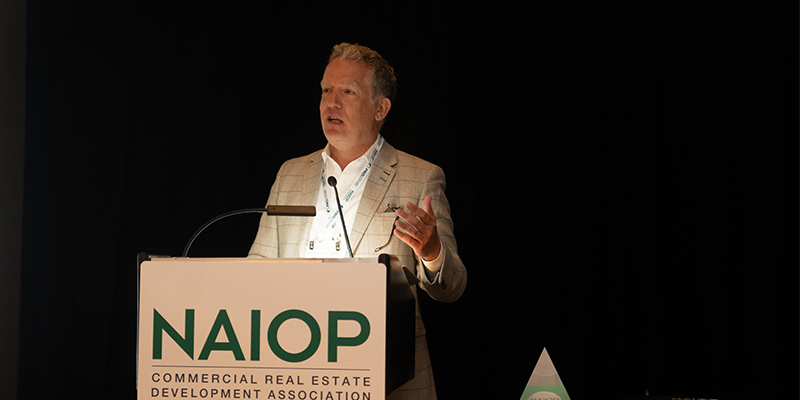In response to a global pandemic and its extraordinarily serious consequences in 2020, association decision-makers finally began to embrace innovation as a business necessity. For those of us who have been imploring boards and CEOs to take innovation seriously over the previous decade, it was a long-awaited development. As many of those decision-makers discovered, however, innovation is never easy, especially under threat.
To make progress on new value creation that can build associations to thrive throughout 2021 and beyond, every contributor to the work of innovation must understand what is required of them. During my NAIOP Chapter Leadership and Legislative Retreat opening keynote talk next week, I will share six questions for making innovation happen in the demanding decade I call “The Turbulent Twenties.” Before we consider those questions together, I want to offer three perspectives on what innovation requires and three related challenges for association decision-makers and contributors to pursue to make innovation sustainable over time.
Innovation requires us to discard orthodoxy. Orthodox beliefs are the deep-seated assumptions we make about how the world works. These beliefs are mostly invisible to decision-makers and yet they can exert considerable detrimental influence on both thinking and action in associations. For example, among the most sacrosanct orthodox beliefs in association management is the notion that membership is the only relationship associations can have with potential stakeholders. Despite its widespread acceptance, this orthodoxy is neither true nor helpful and it limits thinking about other possible stakeholder relationships and the value that might be co-created with those contributors. It is essential to actively question orthodox beliefs to limit the damage they inflict on the work of innovation.
CHALLENGE: Discard orthodox beliefs and replace them with forward-looking principles that encourage curiosity, empathy and collaboration.
Innovation requires us to orient ourselves toward the future. While the work of innovation takes place in the present, its animating force must be the intention to create a different and better future for the association, its stakeholders and successors. It is easy to forget that innovation can take numerous forms. While product, service and experience (PSE) innovation is the most common area of focus, there are many other innovation opportunities before associations, including business models, practices, processes, relationships, structures and systems. These less visible (and for some, less compelling) innovation priorities are no less important as they help build both new capacity and momentum for additional innovation with more direct impact on stakeholders and successors.
CHALLENGE: Orient the thinking and action of association decision-makers and contributors toward the future to unleash the energy of discovery for the benefit of innovation.
Innovation requires us to embody humility. In The Turbulent Twenties, there are 1) things we know; 2) things we know we don’t know; and 3) things we don’t know we don’t know. It should come as no surprise that the final item on this list is already the largest of the three and growing fast. Innovation is just one of the myriad cognitive challenges that association decision-makers and contributors must confront today, and it is best to do so from a place of profound humility. In contrast to the well-known business entrepreneurs and company founders whose hubris is frequently glorified by the business press, association innovators will be better served if they respect the deeper complexity of innovation and endeavor to make it a consistent and sustainable priority for their organizations.
CHALLENGE: Bring humility to the pursuit of innovation especially through an embrace of serendipity, i.e., remaining open to recognizing something of value even while looking for something else.
There was a time not that long ago when innovation was not a serious topic of conversation in the association community. In 2021, innovation must continue to be a critical area of focus for association decision-makers and contributors at every level. The good news is that we can make innovation happen by accepting and modeling what innovation requires of us.
NAIOP Chapter Leaders and Board Members are invited to attend the Chapter Leadership & Legislative Retreat, Feb. 2-3, 2021. Attend sessions that will help drive your NAIOP chapter’s future success, learn about winning programs produced by Chapter Merit Award Winners, and connect virtually with other leaders across North America.








